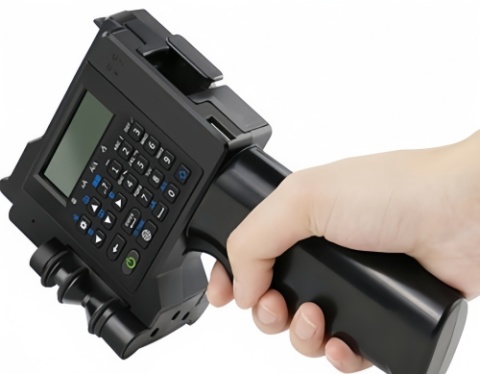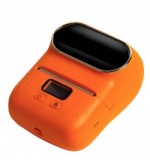Inkjet Printer Price List
An inkjet printer is a printing device that sprays colored liquid ink onto printing paper. It has one or more printing nozzles for printing ink of different colors. The technologies used in inkjet printers include bubble technology and thermal responsive inkjet technology. During the printing process, the nozzle quickly sweeps over the printing paper, spraying countless small ink droplets to form the pixels in the image. There are two main technologies used in inkjet printers: Continuous inkjet technology and random inkjet technology. Early inkjet printers and current large format inkjet printers used continuous inkjet technology, while popular inkjet printer on the market generally use random inkjet technology. Continuous inkjet technology is represented by charge modulation, and in a random inkjet system, ink is only sprayed when needed for printing, so it is also known as on-demand.

To ensure that choosing an inkjet printer is what you want, ATO.com will provide a price list for inkjet printers and introduce the tips and troubleshooting for using inkjet printers.
Inkjet Printer price list
|
Product Picture |
Product Name |
SKU |
Price |
|
|
Handheld Barcode/QR Code Inkjet Printer
|
ATO-PRINT-01 |
$384.62 |
|
|
Handheld Inkjet Printer Barcode/QR Code/Expiry Date
|
ATO-PRINT-02 |
$653.84 |
|
|
Portable Thermal Label Printer, Wireless Bluetooth
|
ATO-PRINT-03 |
$216.92 |
Precautions for Using Inkjet Printer
Inkjet printers have become the preferred printing equipment for many homes and offices due to their high-quality printing effects and lower printing costs. To ensure the optimal performance and extend the lifespan of inkjet printers, the following precautions should be taken when using them.
- Placement position. Place the printer on a fixed and level ground, avoiding placing it in a dusty or damp environment.
- Ink cartridge processing. When the ink cartridge is not used up, do not remove it to avoid ink waste or affecting ink metering. When replacing ink cartridges, strictly follow the instructions in the manual and perform it in the power on state; Avoid touching the nozzle and chip area of the ink cartridge.
- Print head protection. Unused inkjet printers should be turned on at least once a week to avoid dry and clogged print heads. Turn off the printer head after it returns to its initial position to protect it from damage; Avoid tilting the printer to avoid damaging internal mechanical transmission components.
- Print quality and speed. Choose the appropriate printing mode as needed, such as "draft mode" or "high-quality mode", to improve printing speed or quality. Use suitable paper and ink cartridges for optimal printing results.
- Cleaning and maintenance. Regularly clean the print head to maintain printing quality. Reducing unnecessary cleaning can save ink. Avoid using inferior printing paper to avoid damaging printer components.
- Temperature and environment. Ensure that the printer is used in a suitable temperature (approximately 20 °C to 35 °C) and humidity (approximately 20% to 80%) environment.
Following these precautions can ensure optimal performance and extend the lifespan of inkjet printers.




